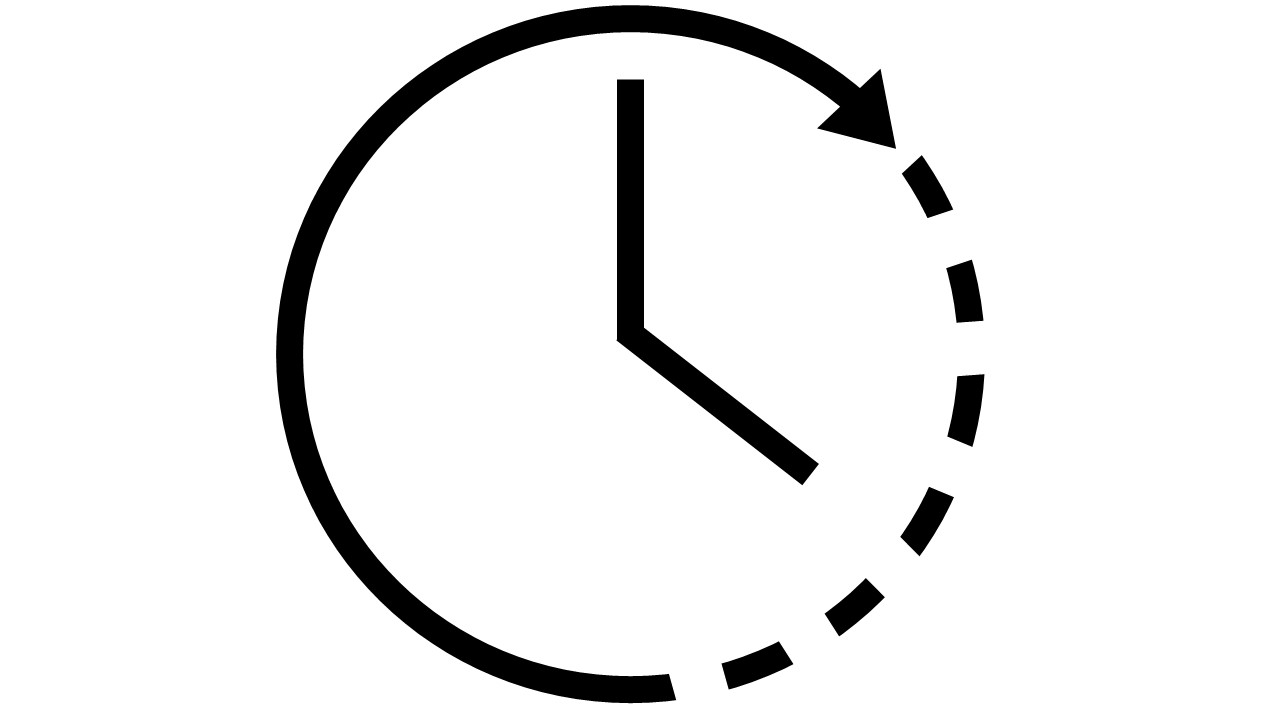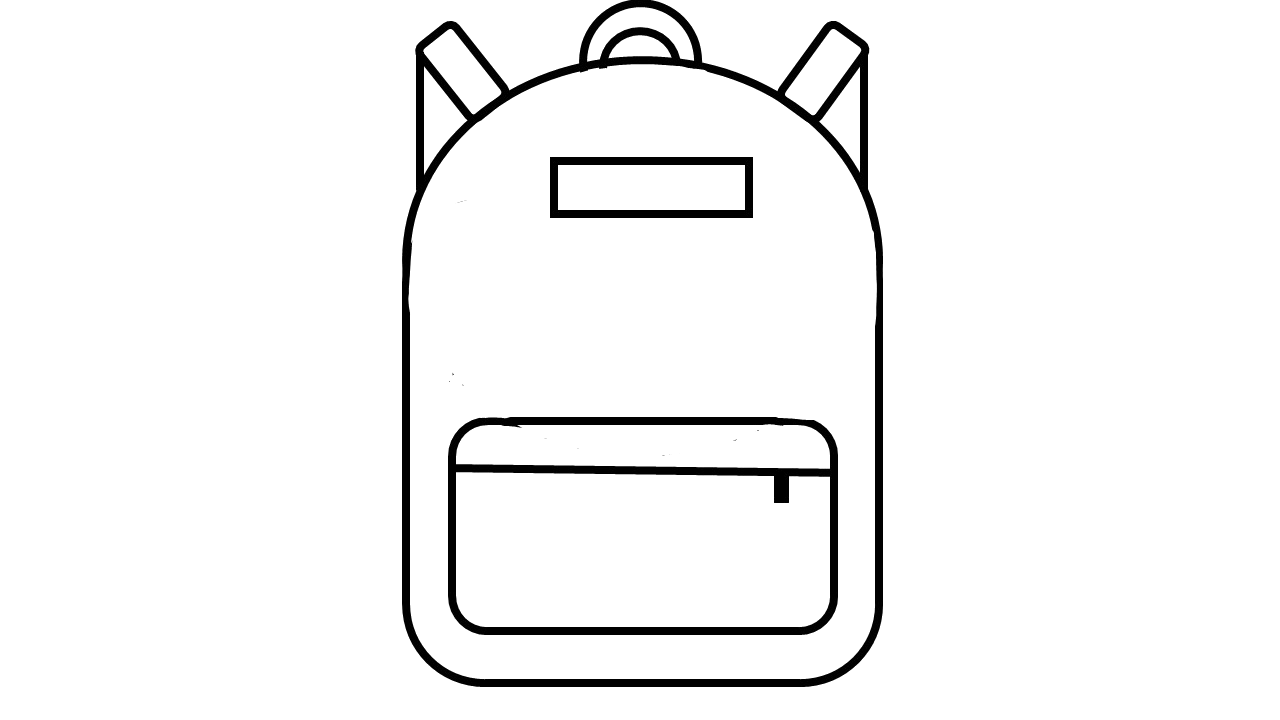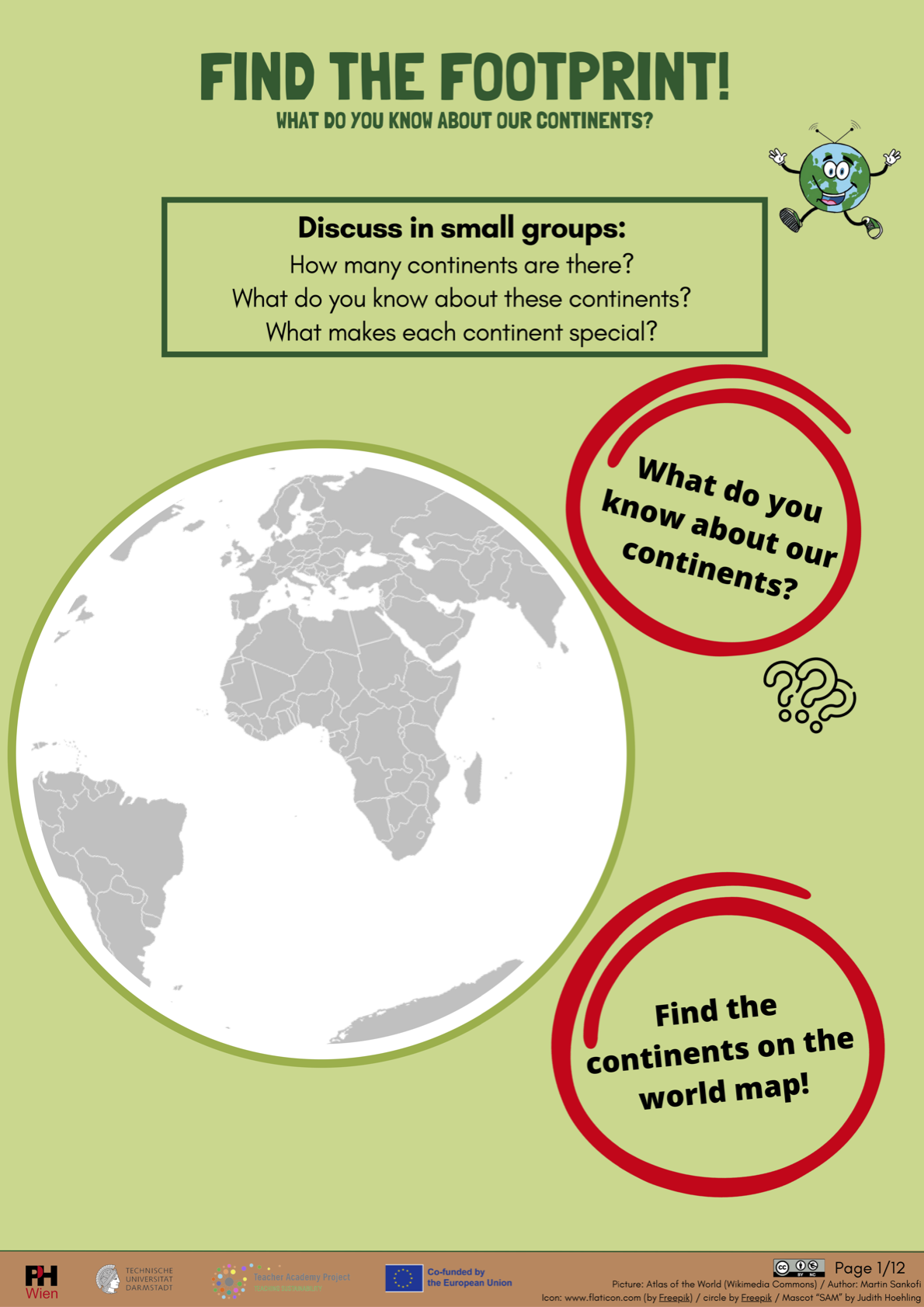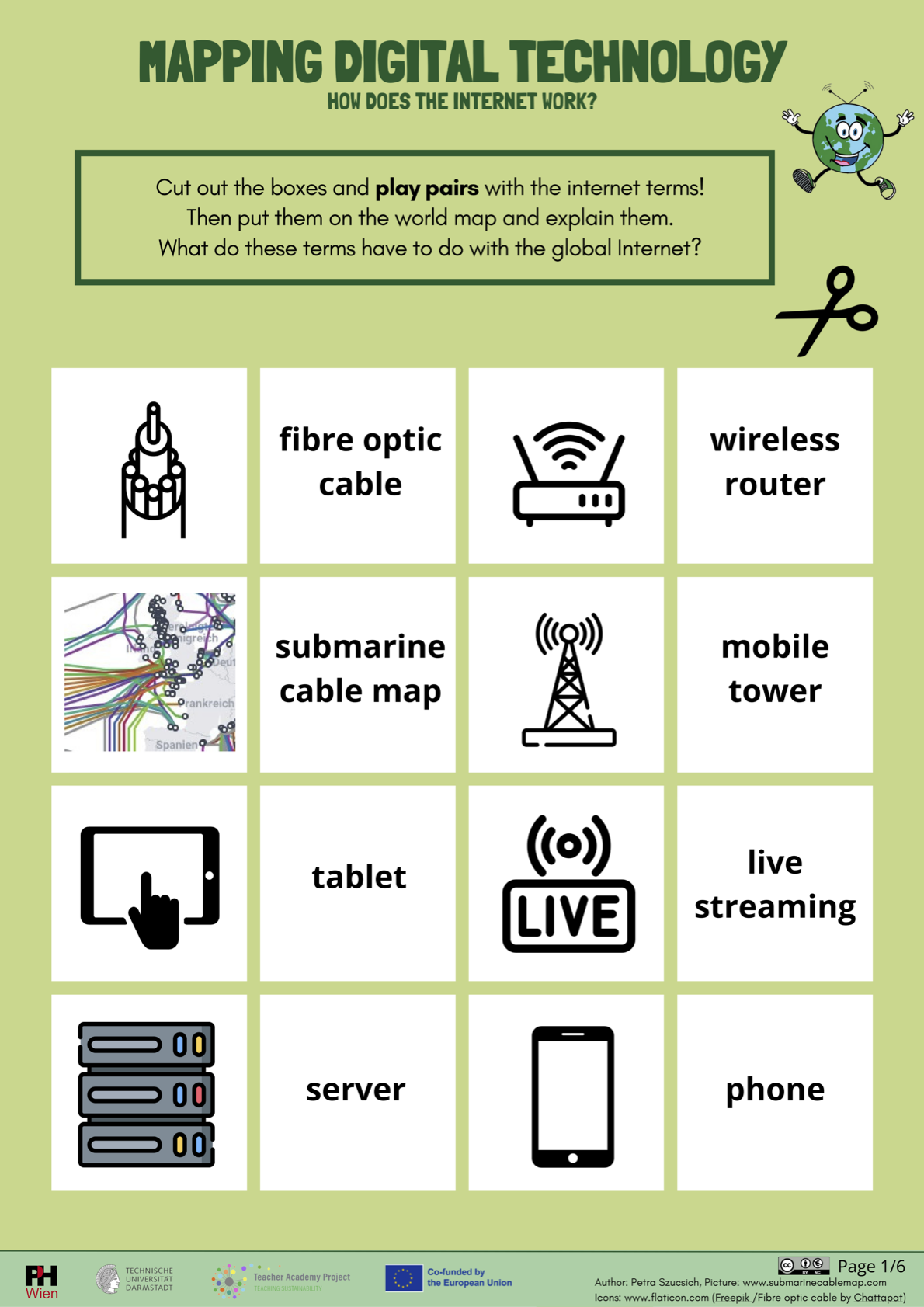Section outline
-
Since time immemorial, communication media have shaped the landscape around the globe. This unit provides a brief introduction to the history of media and how early media developments have changed planet Earth to the present day and continue to shape today's digital networks. It also looks at post-colonial entanglements and the question of social justice. "Intro" provides an overview for pre-service and in-service teachers. "Development" consists of two workshops. "Workshop 1: Find the Footprint is for primary schools, while "Workshop 2: Mapping Digital Technology" is for secondary schools. Each workshop contains a series of worksheets numbered in chronological order. In both workshops, students research a topic and display some of their findings on a provided world map.
 Duration: 3,25 hrs
Duration: 3,25 hrs Required materials:
Required materials:- World Map (out of paper, carpet or any other)
- Worksheets (provided)
-
Intro (Pre- and Inservice-Teachers)
Societies and technologies build and shape each other, but what are the ecological and social benefits of technological innovation? What are the ecological implications of the digital transformation and the associated ever-increasing demand for energy? From a social perspective, we need to ask who benefits from technological innovation, who has access to it and who can actively participate in it to ensure democratic and just societies in a global digital world.
Before you start working with your students, ask yourself some questions: Have you ever thought about the social or environmental consequences of our technological innovations? What are their effects on our social coexistence around the world? Why is the global demand for energy constantly increasing? What is the impact of AI on the environment and the climate crisis? In which parts of the world do people benefit from technological innovation?
In this context, it is important to look critically at one's own ideas about the world and to identify possible misconceptions. Use the materials provided to think about these aspects in more depth.
-
"Energy is critical to our modern lives. But our increasing demand for it has created a range of political, social and environmental problems." (LifeSquared)
-
"The first rendering displays the relative densities of Internet connectivity across the globe.." (Chris Harrison)
-
"Worldview Upgrader is a fun educational tool created to help people rid themselves of common systematic misconceptions about global development." (Gapminder)
-
"Watch everyday life in hundreds of homes on all income levels across the world, to counteract the media’s skewed selection of images of other places." (Gapminder)
-
The part that artificial intelligence plays in climate change has come under scrutiny, including from tech workers themselves who joined the global climate strike last year. Much can be done by developing tools to quantify the carbon cost of machine learning models and by switching to a sustainable artificial intelligence infrastructure.
-
Workshop 1: Find the Footprint! (Primary)
This workshop focuses on global connectivity through digital media and tries to give even the youngest students a sense of the interconnected world we live in. One aim of this workshop is to give the children an idea of the different levels of energy consumption around the world. Another aim is to help students develop a global perspective.Start-Up
As an introduction, the continents and some countries are worked out together. The first two worksheets start with the question "What do you know about our continents?" and offer a mini-quiz. Of course, other materials from geography lessons can be used as well. It is also helpful to have materials that can be used to explain in a child-friendly way why the earth is warming due to climate change (e.g. "Climate Change – According to a Kids" – linked below).
-
This video explains climate change to children. This video is an additional resource to the Start-Up.
-
Development
Next, a "mini-game-of-pair" shows how everyday things use energy - with a focus on media use. Important terms are then explained to help children understand the concept of 'carbon footprint'. Worksheets 5 and 6 show that different countries use different amounts of energy. Finally, children research which countries have a small, medium and large carbon footprint and discuss possible reasons for this. -
Consolidation
Finally, the children think about where they use energy in their everyday lives, draw their own footprint and consider where they could save energy themselves. -
The Climate Handprint is the complement to the CO2 Footprint. It shows and measures what we can do to protect the climate. We increase it through our own actions and by supporting social change. This site is in German.
-
Follow-Up
There are some ideas for follow-up activities:A) Pupils can draw their own footprint and think about what kind of energy they use.B) There are a number of "CO 2 footprint calculators" to work out your own footprint - try them out!C) Climate psychologist Thomas Brudermann provides great illustrations on this topic - use them as a conversation starter.Resources B and C are linked below. -
"Ecological Footprint? How many planets do we need if everybody lives like you? When is your personal Overshoot Day"
-
German climate psychologist Thomas Brudermann provides illustrations related to climate psychology in German and English. These can be used under the Creative Commons licence CC-BY-ND. They may be useful for further discussion.
-
Workshop 2: Mapping Digital Technology (Secondary)
When we think of the Internet, we often associate terms such as 'wireless', 'cloud' or 'cyberspace'. These associations obscure the fact that our digital infrastructure is built on material foundations and is therefore closely linked to issues of environmental and social justice. This workshop will explore this issue, starting with the undersea cables in our oceans. Again, the materiality of digitality is addressed, but from a global perspective.Start-Up
This workshop starts with a short game of pairs around some internet terms. After the introduction to the topic, the students are invited to think about how the internet works. -
"About 300 undersea fiber optic cables are responsible for 99% of international data traffic". Isn't it interesting that our "wireless" internet relies on cables that lie deep down in our oceans?
-
Development
After brainstorming in the start-up phase, the students now learn step by step more about the paths that data takes when we use the Internet. This phase starts with a short video showing how our global connectedness is based on a transatlantic cable laid at sea more than a century ago. After the video has been shown, the students are given the task of finding out more about undersea cables; a website helps them to do this. One of the aims is to find out where the cables are located. Pupils then place strings on the world map to show where the various submarine cables are located. Additionally, they also present what else they have found out about submarine cables.
-
Use worksheet 3 and the website about submarine cables to find out about how computers are connected. To visualize, put threads to show the cables (groupwork). Ask the students to imitate how the cables connect us digitally. You can play a game depicting a signal going from Point A to B.
-
Next use worksheet 4 and this website about data centres to find out major data centres and server farms are located around the world. To visualize, take wooden cubes (groupwork). Ask the students to place them on the countries and continents that have the largest data centres and server farms.
-
Next use worksheet 5 and the website about e-waste to find out which countries produce a lot of e-waste and which don’t. To visualize, take e-waste samples (groupwork). Ask the students to place them on the countries which produce a lot of e-waste and which don’t.
-
Consolidation
Following the presentation, further questions will be discussed together to deepen the topic. Worksheet 6 offers prepared questions, which can of course be expanded.
- World Map (out of paper, carpet or any other)


